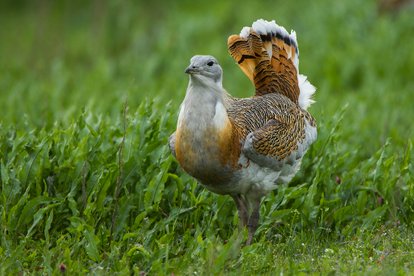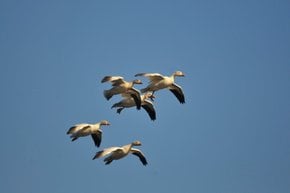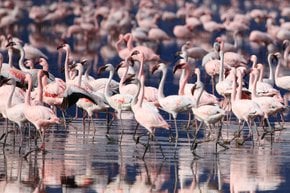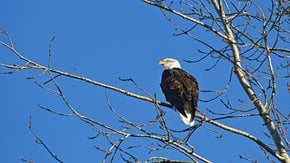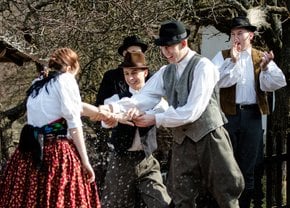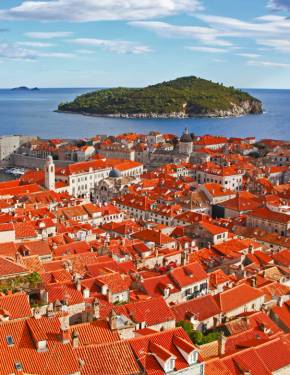Hortobágy Birdwatching in Hungary 2026
Dress warm and prepare your camera for impressive pictures of gorgeous wild birds
Best time: October–November
Hortobágy is a National Park with mostly steppe landscapes, but due to its large territory, it also includes some water reservoirs, both natural and artificial. Hortobágy is the most popular place for birdwatching in Hungary, as it hosts about 342 species of birds, which can be spotted during different seasons of the year. The most prominent though is autumn, when fishponds are full of food and attract nearly 40,000-70,000 Common Cranes. Guided by a local naturalist you can observe them walking in the ponds in search of food during the day or enjoy their graceful flight at dusk.
Late autumn, depending on weather, may not give you a chance to see cranes, but it brings other gorgeous birds closer to humans. The White-tailed Eagle, Eastern Imperial Eagle, Long-eared Owl, and Rough-legged Hawk are impressive predatory birds worth checking out at Hortobágy National Park.


